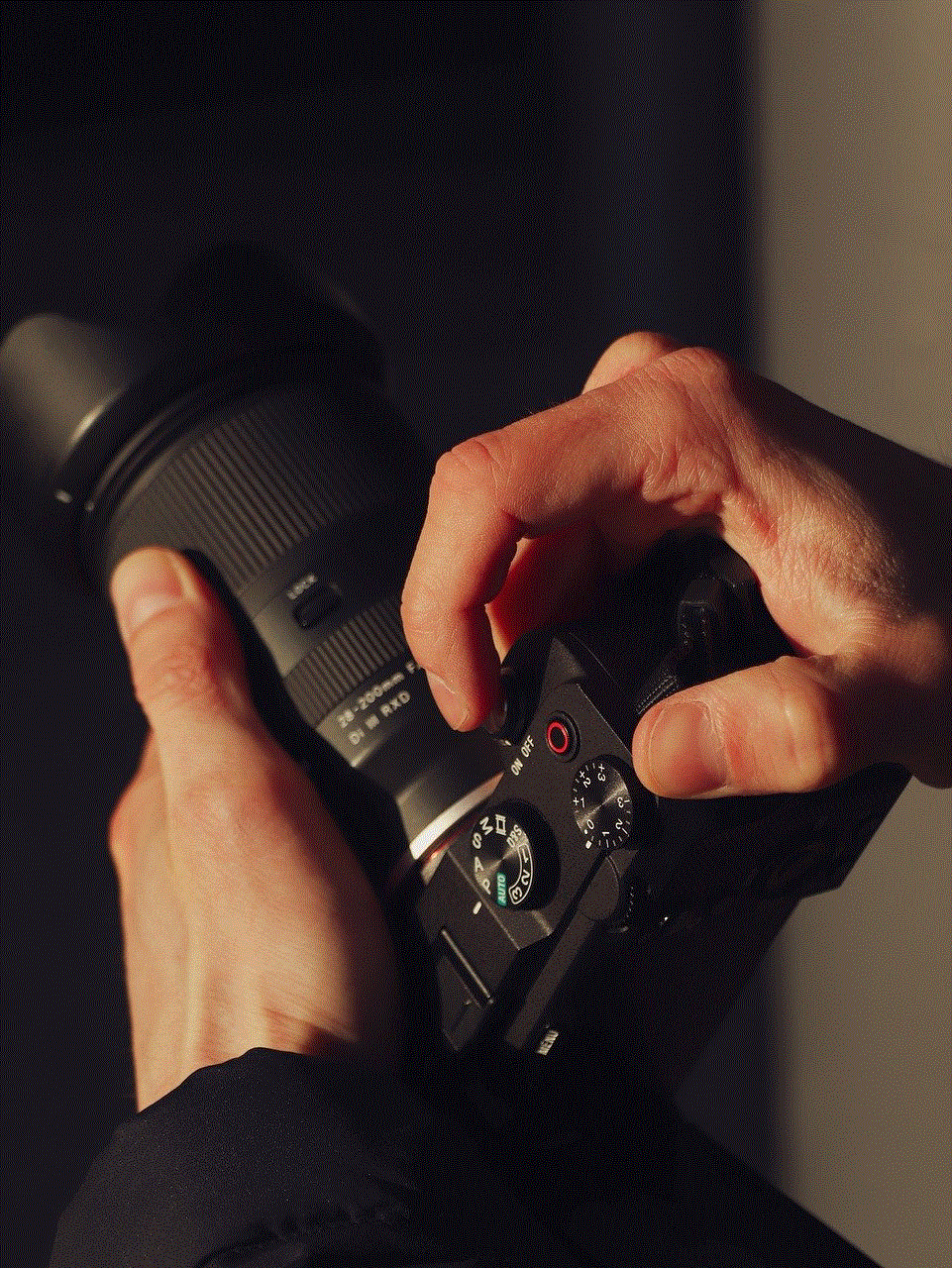why doesnt my phone work without wifi
# Why Doesn’t My Phone Work Without Wi-Fi?
In today’s digital age, smartphones have become an integral part of our everyday lives. These powerful devices allow us to communicate, access information, and entertain ourselves at the touch of a button. However, many users often find themselves in a frustrating situation: their phones seem to work only when connected to Wi-Fi. The question arises: why doesn’t my phone work without Wi-Fi? This article aims to explore the various aspects of smartphone connectivity, the role of Wi-Fi, and the reasons behind a phone’s limitations when it is disconnected from a wireless network.
## Understanding Smartphone Connectivity
Smartphones are designed to connect to the internet and other devices through various means, including cellular data, Wi-Fi, Bluetooth, and more. Cellular data allows users to access the internet through their mobile service provider, while Wi-Fi provides a wireless internet connection through a local network. While both methods can facilitate online activities, they operate under different principles and have distinct characteristics.
Cellular data is often more limited in terms of speed and data allowance compared to Wi-Fi, which typically provides faster and more stable connections. However, many apps and functionalities on smartphones are optimized for Wi-Fi use, leading to the perception that phones work better when connected to a wireless network.
## The Role of Wi-Fi in Smartphone Functionality
Wi-Fi plays a crucial role in the overall functionality of smartphones. Many apps and services rely on a stable internet connection to function properly. While some features may still work offline, a significant portion of smartphone capabilities—such as streaming music, downloading apps, and accessing cloud storage—requires an active internet connection.
Moreover, Wi-Fi allows users to conserve their cellular data usage, which is particularly important for those on limited data plans. Many people have become accustomed to using Wi-Fi for various tasks, leading to a reliance on this technology for their smartphones to operate efficiently.
## Common Reasons for Limited Functionality Without Wi-Fi
### 1. App Dependency on Internet Connectivity
Many popular applications, such as social media platforms, email clients, and streaming services, require an internet connection to function. When you try to use these apps without Wi-Fi or cellular data, they may not load or provide limited functionality. For example, trying to refresh your Instagram feed without a connection will result in an inability to see new posts.
### 2. Cloud-Based Services
With the rise of cloud computing, many applications have transitioned to a model that relies heavily on internet connectivity. Services like Google Drive, Dropbox, and iCloud allow users to store and access files remotely. When offline, these services may restrict access to files or prevent you from uploading new content, rendering them virtually useless without Wi-Fi.
### 3. Automatic Updates and Downloads
Most smartphones are configured to automatically update apps and the operating system when connected to Wi-Fi. This feature helps ensure that users always have the latest versions of their applications and system software. However, when your phone is not connected to Wi-Fi, these updates may not occur, leading to potential bugs and security vulnerabilities.
### 4. Limited Access to Features
Certain features on smartphones are entirely dependent on having an internet connection. For example, GPS navigation apps like Google Maps often require online data to provide real-time traffic updates and map information. While some maps can be downloaded for offline use, many navigational features are disabled without Wi-Fi.
### 5. Messaging and Communication Services
Messaging platforms like WhatsApp , facebook -parental-controls-guide”>Facebook Messenger, and even traditional messaging services often require an internet connection to send and receive messages. If you are not connected to Wi-Fi or do not have sufficient cellular data, you may find yourself unable to communicate effectively with others.
### 6. Streaming Services
Streaming services such as Netflix, Spotify, and YouTube require an internet connection to access their content. Without Wi-Fi, you may be unable to stream your favorite shows, movies, or music, leading to frustration for users who rely on these services for entertainment.
### 7. Browsing Limitations
Web browsing is another area where users may experience limitations without Wi-Fi. Although cellular data can facilitate browsing, many mobile plans have data caps, leading users to avoid excessive use. Additionally, some content may load slowly or not at all when relying on cellular data alone, making Wi-Fi the preferred option for many.
### 8. Software and Firmware Updates
Software updates are essential for maintaining optimal performance and security on your smartphone. Many users may not realize that these updates require a stable internet connection to download and install. If your phone is not connected to Wi-Fi, you may miss out on important updates that could enhance your device’s capabilities.
### 9. Synchronization Issues
Many apps synchronize data with their cloud counterparts to ensure that you have the latest information available. For instance, if you use a note-taking app like Evernote or a calendar app, synchronization requires an internet connection. Without Wi-Fi, you may find that your notes or events are not updated, creating a disconnect between your device and the cloud.
### 10. Device Performance
The overall performance of your smartphone can also be affected by the lack of an internet connection. Many background processes, such as syncing emails or pushing notifications, require internet access to function correctly. Without Wi-Fi, these processes may be delayed or fail to execute, leading to a perception that your phone is not working optimally.
## Troubleshooting: How to Improve Connectivity
If you find yourself frequently asking, “Why doesn’t my phone work without Wi-Fi?” it may be helpful to troubleshoot your device and explore alternative options. Here are some steps you can take to improve connectivity and functionality when Wi-Fi is not available:
### 1. Check Cellular Data Settings
Ensure that your cellular data is enabled on your smartphone. Go to the settings menu and check if mobile data is turned on. If you are on a limited data plan, consider monitoring your usage to avoid exceeding your limit.
### 2. Download Offline Content
For apps that allow it, consider downloading content for offline use. Many streaming platforms and navigation apps have options to download shows, movies, or maps for later access without an internet connection.
### 3. Update Your Apps
Regularly updating your apps can help ensure that they function properly, even without Wi-Fi. Check for updates in the app store and install them to improve performance and fix potential bugs.
### 4. Use Airplane Mode Wisely
When traveling or in areas with poor connectivity, consider using airplane mode to save battery life. However, ensure that you turn on cellular data while in this mode if you still want to access the internet.
### 5. Clear Cache and Data
Sometimes, overloaded cache and data can hinder app performance. Clearing the cache and data for specific apps may help improve their functionality when you are not connected to Wi-Fi.
### 6. Optimize App Settings
Some applications allow you to adjust settings for data usage. Check the settings for apps you frequently use to see if you can optimize them for better performance without Wi-Fi.
## Conclusion



In conclusion, the reliance on Wi-Fi for smartphone functionality stems from the evolving nature of technology and the way applications have been designed to operate. While smartphones can function without a Wi-Fi connection, many features and services are optimized for this mode of connectivity. Understanding the reasons behind these limitations can help users navigate their devices more effectively and troubleshoot connectivity issues.
As technology continues to advance, it is likely that smartphones will become even more integrated with internet-based services. Users will need to adapt to these changes and find ways to manage their connectivity effectively, whether through Wi-Fi or cellular data. By embracing the capabilities of their devices and staying informed about their connectivity options, smartphone users can maximize their experience, even when Wi-Fi is not available.
do tiles work with iphone
# Do Tiles Work with iPhone? A Comprehensive Guide
The world of smart technology has seen an explosion of innovations that aim to make our lives simpler, more organized, and more efficient. One such innovation is the Tile, a small Bluetooth tracker designed to help users keep track of their belongings. As these devices gain popularity, many iPhone users are curious about their compatibility and functionality. This article will explore the question, “Do Tiles work with iPhone?” and delve deeper into the nuances of using Tile devices with Apple’s flagship smartphone.
## Understanding Tile Devices
Tile is a brand of Bluetooth-enabled tracking devices that can be attached to various items, such as keys, wallets, bags, and even pets. The primary function of a Tile is to help users locate misplaced items using a smartphone app. When an item with a Tile attached is lost, users can activate a sound from the Tile via the app, making it easier to find. If the item is out of Bluetooth range, the Tile app can show the last known location of the item on a map, providing a useful starting point for a search.
There are different variations of Tile devices, including the Tile Mate, Tile Slim, Tile Sticker, and Tile Pro. Each of these products offers unique features and specifications to cater to various user needs. For instance, the Tile Slim is designed to fit into wallets, while the Tile Pro boasts a longer range and louder ringer than its counterparts.
## Compatibility with iPhone
One of the most pressing questions for prospective Tile users is whether these devices are compatible with iPhones. The short answer is yes: Tiles work exceptionally well with iPhones. Tile has developed its app for both Android and iOS platforms, ensuring that iPhone users can enjoy the full functionality of the device.
To use Tile with an iPhone, users need to download the Tile app from the Apple App Store. The app is compatible with iOS devices running iOS 12 and later, which means that most recent iPhones can support Tile tracking technology. Once downloaded, users can create an account, pair their Tiles, and start enjoying the benefits of smart tracking.
## Setting Up Your Tile with iPhone
Setting up a Tile with an iPhone is a straightforward process. After downloading the Tile app, users can follow these simple steps:
1. **Create an Account:** Open the app and sign up for a new account using an email address or log in if you already have an account.
2. **Add a Tile:** Tap on the “Add a Tile” button within the app. The app will prompt you to select the type of Tile you want to add.
3. **Activate the Tile:** Press the button on the Tile device; the app will recognize the Tile and guide you through the pairing process.
4. **Name Your Tile:** Assign a name to your Tile based on the item it will be attached to, such as “Keys” or “Wallet.”
5. **Location Permissions:** Allow the app to access your location services to enable tracking features.
6. **Ready to Go:** Once set up, you can now locate your Tile whenever needed.
## How Tile Works with iPhone Features
Tile devices leverage the capabilities of the iPhone to offer various features that enhance the user experience. Some of these features include:
### 1. **Find My iPhone Integration**
One of the most significant advantages of using Tile with an iPhone is the integration with Apple’s Find My app. As of 2021, Tile announced a partnership with Apple, allowing users to locate their Tiles through the Find My app. This means that if you misplace an item with a Tile attached, you can use the familiar Find My interface to track it down.
### 2. **Sound Activation**



When you misplace an item, one of the quickest ways to locate it is by activating the Tile’s sound. Through the Tile app on your iPhone, you can make the Tile emit a sound, helping you find it if it’s within Bluetooth range.
### 3. **Community Find Feature**
Tile has a unique community feature that allows users to leverage the Tile network. If your Tile is out of Bluetooth range, other Tile users in the vicinity can help locate it. When another user’s app detects your lost Tile, it will send the location information to your account, helping you recover your item.
### 4. **Smart Alerts**
With the Tile app, you can set up smart alerts that notify you when you leave an item behind. This feature is particularly useful for forgetful individuals who might leave their keys or bags behind in a public place.
### 5. **Battery Life Monitoring**
The Tile app provides information about the battery life of your Tile device. This feature ensures that you’re aware when it’s time to replace the battery, allowing you to maintain the functionality of your Tile.
## User Experiences and Reviews
When it comes to technology, user experiences can vary significantly. Tile users often share their experiences with the app and device, providing insights into its effectiveness. Many iPhone users praise Tile for its reliability and ease of use. The app’s interface is typically reported as user-friendly, making the setup process quick and intuitive.
However, some users express concerns about the range limitations of Bluetooth technology. The effective range for Tile devices is around 200 feet for Tile Pro and 150 feet for Tile Mate. If users are outside this range, they may not be able to locate their item immediately. Despite this limitation, the community find feature often compensates for this drawback, as users can still track their items even if they are further away.
## Comparisons with Other Tracking Devices
While Tile is a popular choice for Bluetooth tracking, it’s essential to consider how it stacks up against other devices, particularly for iPhone users. Other competitors include Apple’s own AirTag, Samsung’s SmartTag, and various generic Bluetooth trackers. Here’s a brief comparison of Tile against these alternatives:
### 1. **Apple AirTag**
Apple AirTag is designed exclusively for Apple users and integrates seamlessly with the Find My app. It offers precise location tracking through Ultra-Wideband technology, making it more accurate than traditional Bluetooth trackers. However, it lacks the community find feature that Tile offers.
### 2. **Samsung SmartTag**
Samsung’s SmartTag operates similarly to Tile but is primarily designed for Samsung devices. While it has decent functionality, it does not have the same widespread community as Tile, potentially limiting its effectiveness for users outside the Samsung ecosystem.
### 3. **Generic Bluetooth Trackers**
Many generic Bluetooth trackers are available on the market, often at a lower price point than Tile. However, they may lack the robust features, app support, and user community that Tile offers, making them less effective overall.
## Pricing and Subscription Model
Tile devices are available at various price points, depending on the type of Tile and its features. Generally, prices range from $25 for basic models to $35 or more for advanced options like the Tile Pro. Tile also offers a subscription model called Tile Premium, which provides additional features such as smart alerts, location history, and a free battery replacement service. The subscription costs around $2.99 per month or $29.99 per year.
For iPhone users, the decision to invest in a Tile device may depend on their individual needs and preferences. If you frequently misplace items and value the community network feature, investing in a Tile could be worthwhile.
## Final Thoughts



In conclusion, Tiles work effectively with iPhones, providing users with a reliable and user-friendly solution for tracking lost items. With robust features such as integration with the Find My app, sound activation, and community find capabilities, Tile devices offer a comprehensive tracking solution for iPhone users.
While there are alternatives like Apple’s AirTag, Tile remains a strong contender due to its versatility, compatibility with various devices, and established user community. Whether you are a forgetful individual or simply want to keep your belongings organized, a Tile device can be an excellent investment. So, if you’re asking, “Do Tiles work with iPhone?” the answer is a resounding yes. Embrace the convenience and peace of mind that comes with smart tracking technology, and never lose track of your belongings again.
